The Annual Vs. Perennial Debate: Which Flowers Should You Plant?
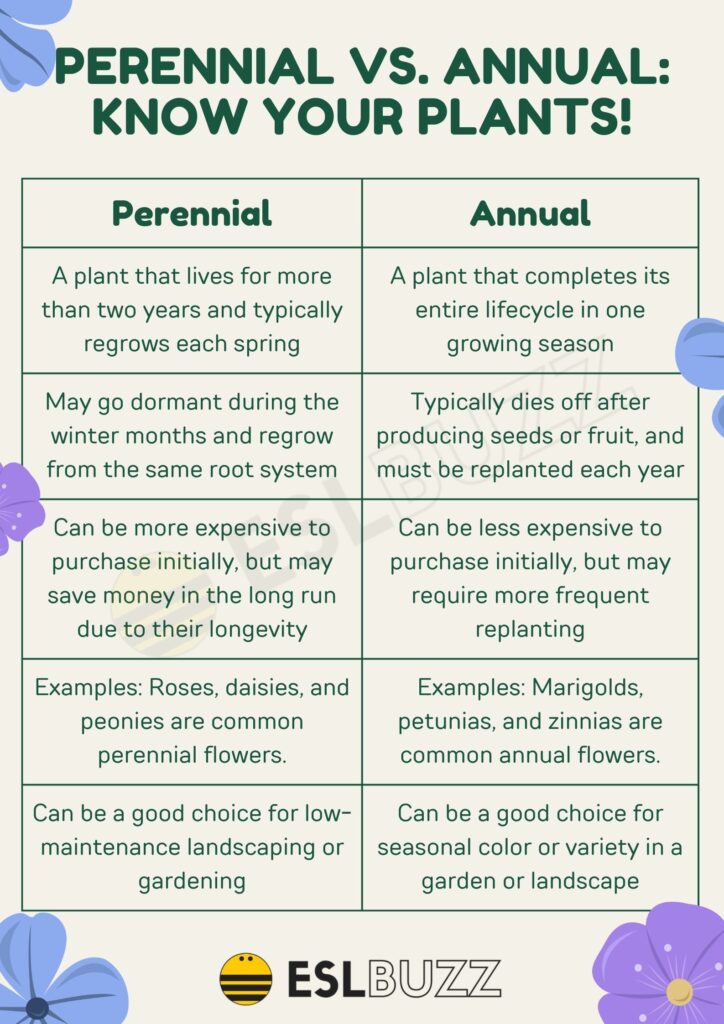
Table of Contents
Understanding Annual Flowers: A Season of Bloom
The Short but Sweet Life Cycle of Annuals:
Annual flowers complete their entire life cycle – from seed to flower to seed again – within a single growing season. This means you'll need to replant them every year. However, this short lifespan is also their charm! Annuals offer an incredible diversity of colors, shapes, and sizes, allowing for fantastic flexibility in your flower gardening designs.
- Popular Annuals:
- Petunias
- Zinnias
- Marigolds
- Sunflowers
- Impatiens
- Nasturtiums
Advantages of Planting Annuals:
Annuals provide a quick and dramatic impact on your garden. Their vibrant blooms offer instant gratification, perfect for adding pops of color to containers, borders, or filling gaps in your established plantings.
- Quick and vibrant color: Enjoy a riot of color almost immediately after planting.
- Design flexibility: Change your garden's look and feel yearly with new varieties.
- Easy to grow: Many annuals are easy to start from seed or readily available as seedlings at garden centers.
- Filling gaps: Perfect for quickly adding color and texture to spaces that need filling.
Disadvantages of Planting Annuals:
While offering beautiful blooms, annuals require more commitment than perennials. The continuous cycle of planting, watering, and fertilizing demands more time and resources.
- Annual replanting: Requires purchasing or sowing new seeds every year.
- Higher ongoing costs: The yearly expense of replacing plants can add up.
- Resource intensive: Frequent replanting contributes to a higher environmental impact compared to perennials.
- Consistent care: Needs consistent watering, fertilization, and deadheading to maintain optimal blooms.
Exploring Perennial Flowers: Beauty That Endures
The Long-Term Investment of Perennials:
Perennial flowers, in contrast to annuals, live for more than two years. Once established, they return year after year, offering a long-lasting display of beauty with minimal effort. This makes them a valuable investment in your garden's long-term aesthetic appeal.
- Popular Perennials:
- Coneflowers
- Hostas
- Daylilies
- Lavender
- Sedum
- Peonies
Advantages of Planting Perennials:
The long-term benefits of perennials are undeniable. Once established, they require less maintenance, making them an ideal choice for busy gardeners.
- Long-lasting beauty: Enjoy continuous blooms (often with different seasons of interest) for years to come.
- Cost-effective: No need for annual replacement, saving you money in the long run.
- Environmentally friendly: Reduced resource consumption contributes to a more sustainable gardening practice.
- Attract pollinators: Many perennials attract beneficial insects and pollinators, contributing to a healthy ecosystem in your garden.
Disadvantages of Planting Perennials:
While offering long-term beauty, perennials may not be the best choice for impatient gardeners. They require patience as they establish themselves and may need specific care depending on the variety.
- Slower establishment: It may take a few years for perennials to reach their full potential.
- Specialized care: Some perennials have specific needs regarding soil, sun exposure, and pruning.
- Division required: Overcrowding may require division after several years to maintain healthy growth.
- Susceptibility to pests and diseases: Perennials can be susceptible to certain diseases or pests, requiring careful monitoring and treatment if necessary.
Choosing Between Annuals and Perennials: Factors to Consider
Your Gardening Experience and Time Commitment:
Beginners might find annuals easier to manage initially, as they provide immediate results with less initial investment in learning about plant care. Low-maintenance perennials are also a good choice for beginners. Experienced gardeners can explore more complex perennial varieties and intricate planting schemes.
Your Budget and Long-Term Goals:
Annuals might seem cheaper initially, but the recurring costs add up over time. Perennials represent a larger upfront investment but provide long-term savings. Consider your long-term garden vision; do you want a constantly evolving display or a stable, established landscape?
Your Climate and Soil Conditions:
Research plant hardiness zones to determine which annual and perennial flowers thrive in your specific climate. Consider your soil type; some perennials prefer well-drained soil, while others tolerate heavier clay. Choose varieties suitable for your conditions to maximize success.
Conclusion: Making the Right Choice for Your Garden
Both annual and perennial flowers offer unique benefits. Annuals provide quick, vibrant color and design flexibility, while perennials offer long-lasting beauty and cost-effectiveness. The best choice depends on your individual needs, gardening experience, budget, and the specific conditions of your garden. Consider your time commitment, long-term goals, and the climate and soil in your area. Start planning your garden today by researching the best annual and perennial flowers for your region and gardening style! Find the perfect annuals or perennials to create your dream garden.

Featured Posts
-
 Valencia Stuns Real Madrid Mamardashvilis Stellar Performance Leads The Way
May 29, 2025
Valencia Stuns Real Madrid Mamardashvilis Stellar Performance Leads The Way
May 29, 2025 -
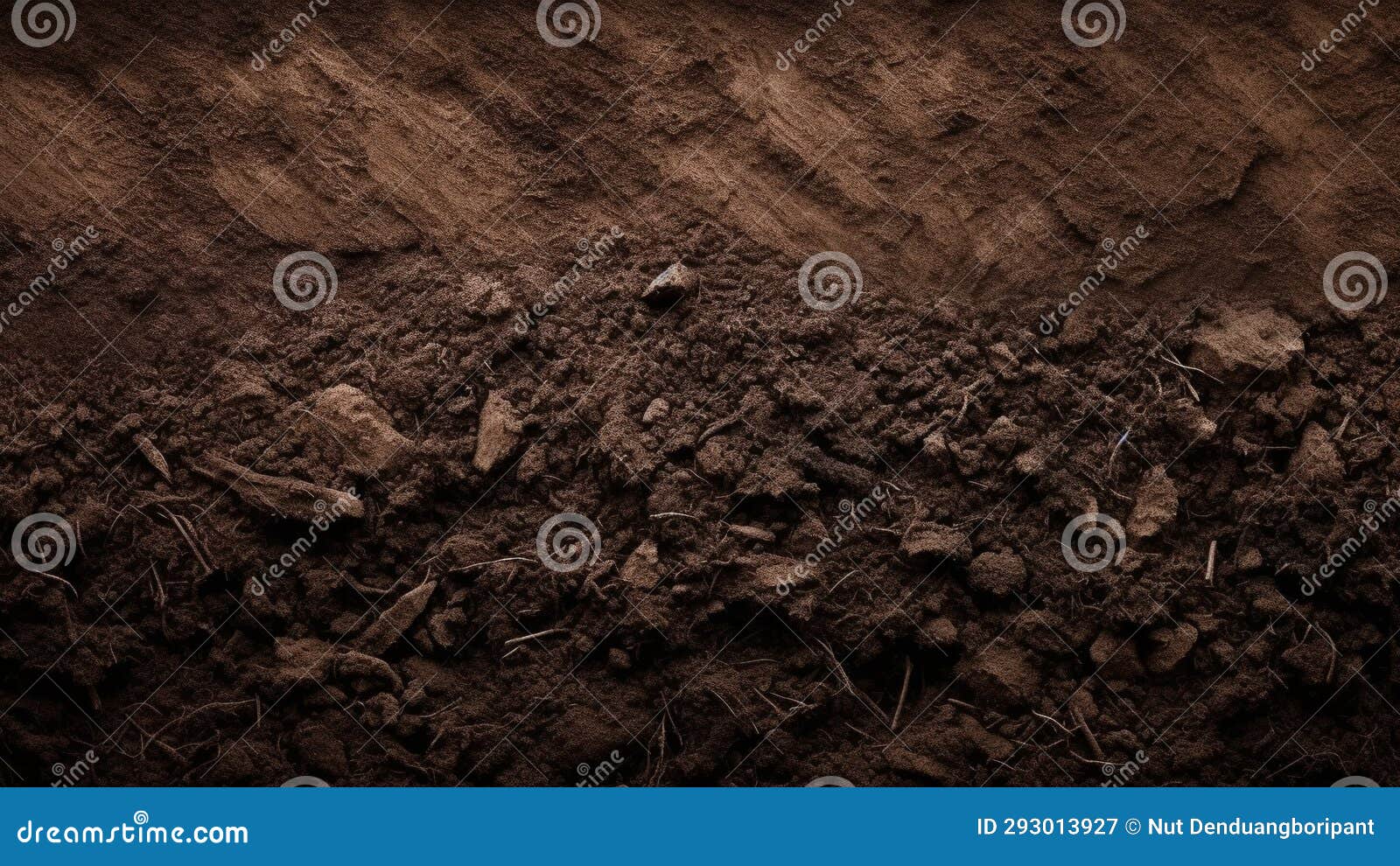 Enhance Your Drive A Curated Selection Of Great Movies And Tv
May 29, 2025
Enhance Your Drive A Curated Selection Of Great Movies And Tv
May 29, 2025 -
 French Presidential Candidate Le Pen Speaks Out Against Witch Hunt
May 29, 2025
French Presidential Candidate Le Pen Speaks Out Against Witch Hunt
May 29, 2025 -
 Revolves Mega Sneaker Sale Nike Dunks Selling Fast
May 29, 2025
Revolves Mega Sneaker Sale Nike Dunks Selling Fast
May 29, 2025 -
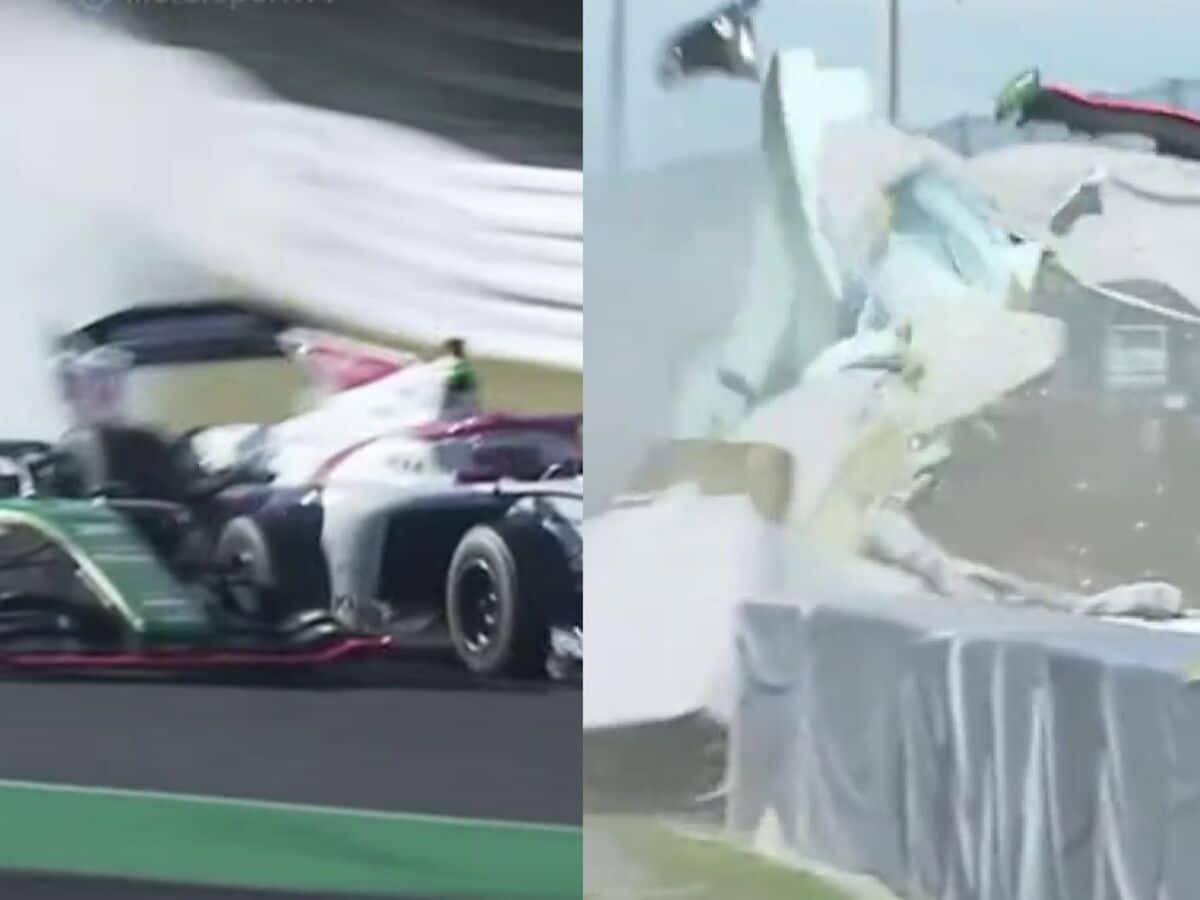 Suzuka Test Crash Leaves Hondas Luca Marini Injured
May 29, 2025
Suzuka Test Crash Leaves Hondas Luca Marini Injured
May 29, 2025
Latest Posts
-
 Missing Excessive Heat Warnings An Explanation
May 30, 2025
Missing Excessive Heat Warnings An Explanation
May 30, 2025 -
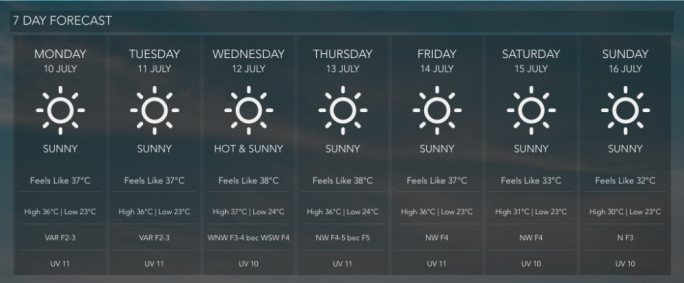 Texas Heatwave Warning Temperatures To Soar To 111 Degrees
May 30, 2025
Texas Heatwave Warning Temperatures To Soar To 111 Degrees
May 30, 2025 -
 Bts Comeback Teased Jins Promise At Coldplay Seoul Concert
May 30, 2025
Bts Comeback Teased Jins Promise At Coldplay Seoul Concert
May 30, 2025 -
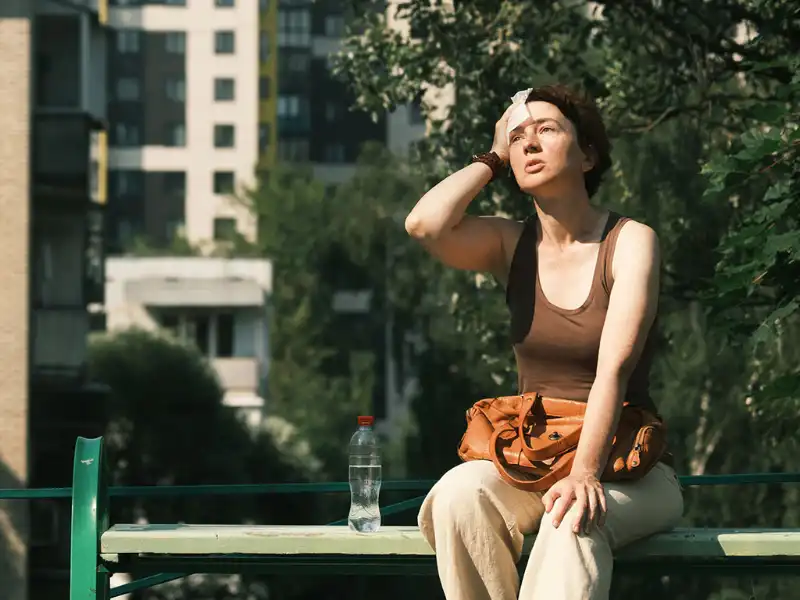 The Decrease In Excessive Heat Warnings A Comprehensive Explanation
May 30, 2025
The Decrease In Excessive Heat Warnings A Comprehensive Explanation
May 30, 2025 -
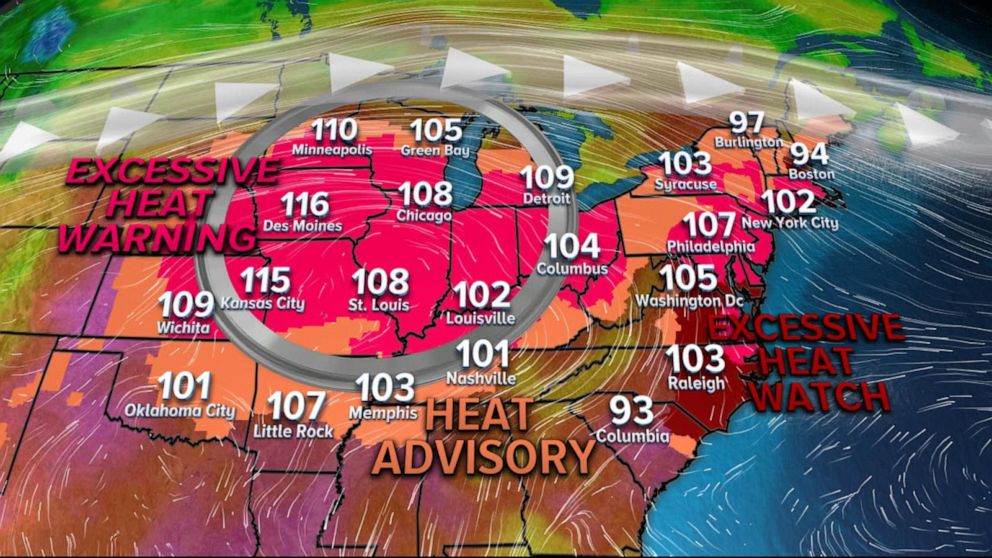 Why Some Forecasts Omit Excessive Heat Warnings
May 30, 2025
Why Some Forecasts Omit Excessive Heat Warnings
May 30, 2025
